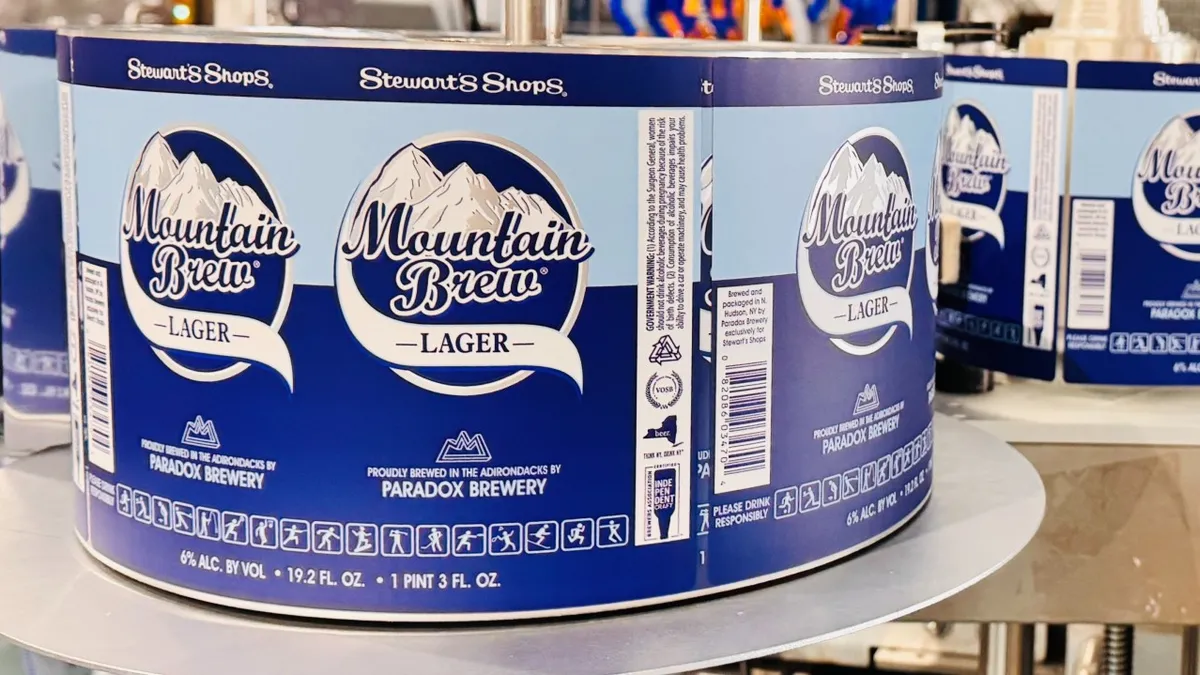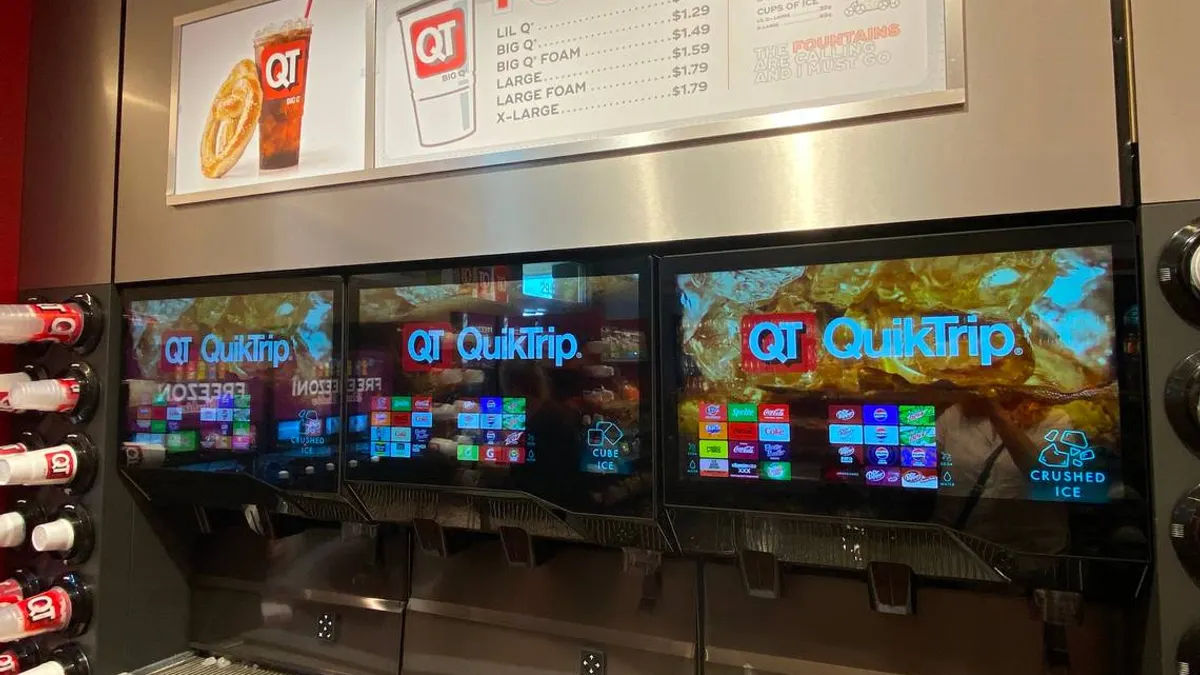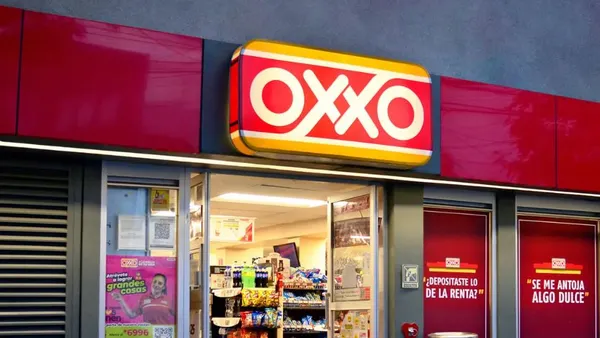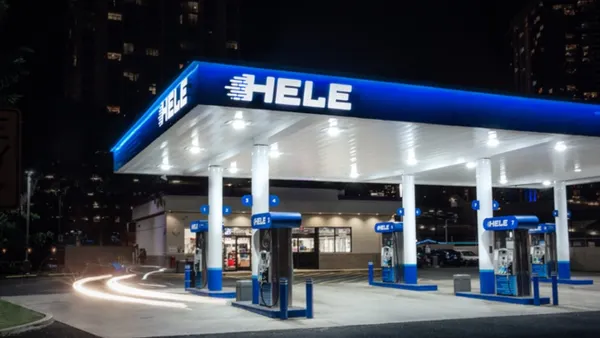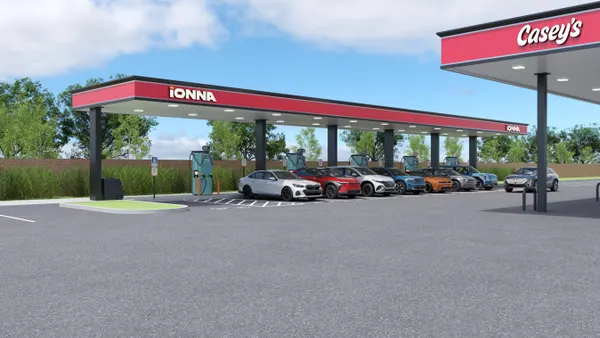Every minute counts in convenience retail, especially when systems go down. A downed point-of-sale system costs the average convenience store (C-store) over $800 per hour in lost revenue. For customers, the impact is immediate. They don’t stop to ask why a system failed; they simply drive across the street to the competitor whose systems are still online.
This is a particularly acute problem for C-stores, which run some of the most complex technology environments in retail. The average location supports around two dozen independent systems, each one critical. The fuel dispenser talks to the indoor POS. There are ATMs and money order processing systems to manage. The lottery terminal clears through its own network, and so does the car wash, which runs independent credit card clearing with its own printer. Ice, propane, novelties, and newspapers are consignment inventory sold on a scan-based trading (SBT) basis, meaning that the store doesn’t pay until the customer buys. That adds another step, and another behind-the-scenes system transaction, to an already complex C-store tech stack.
Each of these systems demands real-time processing. And they're often high-volume, low-ticket transactions (many under $20). These create different pressures than the lower volume, higher-ticket model seen in many retail stores, which may operate disparate systems in the single figures.
Adding to the complexity are the fast-food partnerships that many C-stores now operate as a separate business with distinct POS systems, inventory management, and compliance requirements.
Compliance can shift at the edge, literally, when stores straddle state or time zone boundaries. Thanh Rodke, technical solution architect at Scale Computing, describes this situation: "You can enter one side of the store until 2 a.m., but that side of the store has to physically be locked because the other side of the store is open one hour later," he says. Alcohol sales, delivery schedules, and 24-hour operations all collide with arbitrary lines on maps.
When invisible infrastructure becomes visible, you've already lost
Customers don’t think about infrastructure until it stops working. In a C-store, the systems behind the scenes are expected to function flawlessly, 24/7. The moment they don’t, the impact is immediate. Lost revenue is only part of the cost; customer loyalty is even more fragile. C-stores focus on availability, meaning that customer expectations follow what Rodke calls the email pattern. Nobody celebrates when it works, but failures feel catastrophic. However, there's a difference between email and convenience stores. While it's painful to switch email providers because of the added time and effort, convenience store loyalty can disappear in an instant. If a payment terminal is down or a pump won’t activate, customers won’t wait. They’ll try your nearest competitor and may never come back.
Edge computing as an operational insurance policy
The solution to these problems is to build redundancy into the foundation. Edge computing clusters using low-cost hardware replace expensive single systems that are critical points of failure. Running that hardware locally handles critical systems without cloud dependency. Because they're so low-cost, you can operate two. If one goes down temporarily, your store stays up.
Edge computing also helps manage the complexity of the average C-store infrastructure. These low-cost systems are designed to run legacy applications by virtualizing them, meaning that multiple applications run on one remotely-managed box rather than each requiring its own hardware. This extends the lifecycle of legacy systems while reducing the likelihood that a dedicated piece of hardware will need an expensive and slow truck-roll replacement.
What if the internet goes out? Edge computing can also support a store-and-forward model that continues processing transactions even when verification is impossible. Payments synchronize automatically when connectivity returns. "You may have just stolen a Mountain Dew from me," Rodke says, "but I got $798 worth of other legitimate revenue."
Keeping stores operational in this way maximizes revenue. A conscious shutdown only happens in catastrophic scenarios, such as storm damage, a long-term power outage, or a vehicle fire at the fuel pump.
How Casey's runs almost 2,900 stores on resilient edge infrastructure
This is how Casey's General Store has virtually eliminated single points of failure across its distributed network of more than 2,600 convenience stores. Edge computing supports centralized management of its systems while maintaining local processing. This has reduced the company's IT complexity through consolidated hardware platforms and improved its business continuity by baking it directly into the architecture.
This seamless C-store technology benefits both customers and operators. It's invisible infrastructure done right. It’s critical to operations, but customers never notice it's there, which is exactly the point.




